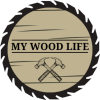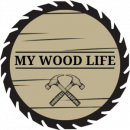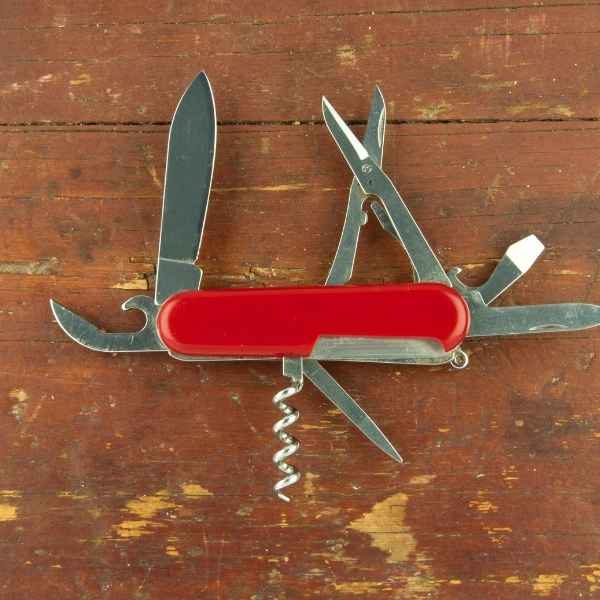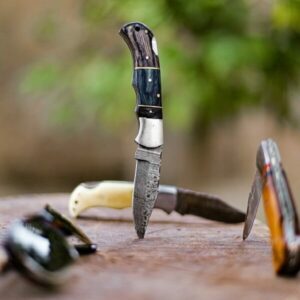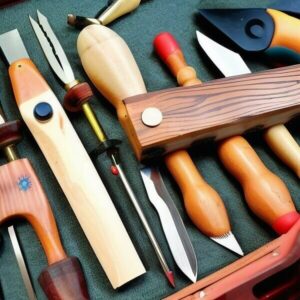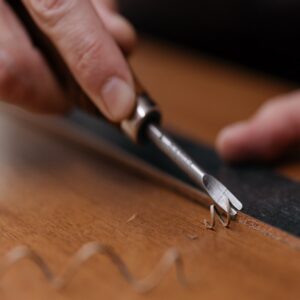If you’re like most people, the first thing that comes to mind when you think of Swiss Army Knives is multitasking. You may imagine someone using a knife to open a letter, then tighten a screw, and then cut some rope. But what about whittling? Can a Swiss Army Knife be used for whittling? The answer may surprise you!
Can I Use a Swiss Army Knife For Whittling And Wood Carving?
The answer is yes! Swiss Army Knives make great whittling knives. In fact, many people who enjoy whittling and wood carving prefer to use Swiss Army Knives because they are so versatile. With all of the different attachments and features that Swiss Army Knives have, you can easily find one that is perfect for your needs.
It turns out that Swiss Army Knives are actually quite good for whittling. The blades are sharp and the knives are designed in such a way that they’re easy to control. This makes them ideal for carving small pieces of wood into shapes.
What Is a Swiss Army Knife?
A Swiss Army Knife is a multitool that was originally designed for use by the Swiss army. It is a small, handheld knife that contains a variety of attachments and tools, such as scissors, a file, and a screwdriver. Swiss Army Knives are now produced by many different companies and are popular among campers, hikers, and Boy Scouts.
How to Whittle With a Swiss Army Knife?
There are several techniques that you can use when whittling with a Swiss Army Knife. The most important thing is to be careful and take your time. Start by finding a piece of wood that is soft, such as pine or basswood. Avoid using hardwoods, such as oak or maple, as they will be more difficult to carve.
Next, choose the attachment or tool that you want to use. The most popular choice is the small knife blade, but you can also use the saw blade, file, or scissors. Once you have selected your tool, hold the wood in your non-dominant hand and position the blade against the wood. Apply gentle pressure and begin carving away at the wood.
Remember to take your time and be careful. Whittling can be a lot of fun, but it can also be dangerous if you’re not careful. If you’re new to whittling, it’s a good idea to practice on some scrap wood before you start carving into something that you want to keep.
Here are a few tips to help you get started:
Choose the right knife
As we mentioned, Swiss Army Knives are great for whittling. But, if you’re just starting out, you may want to choose a knife that has a shorter blade. This will make it easier to control and less likely that you’ll accidentally cut yourself.
Start with a softwood
When you’re first starting out, it’s best to use a softwood, such as basswood or balsa wood. These woods are easy to carve and won’t dull your knife as quickly as harder wood.
Don’t get discouraged
Whittling can be frustrating at first – but it’s important to stick with it. Practice makes perfect!
Can I Sharpen My Swiss Army Knife?
Yes, you can sharpen your Swiss Army Knife. In fact, it’s important to keep the blades sharpened so that they work properly. You can use a honing stone or a diamond sharpener to sharpen the blades on your Swiss Army Knife.
What Is The Best Way To Hold a Swiss Army Knife For Whittling?
There is no one “correct” way to hold a Swiss Army Knife for whittling. However, it’s important to make sure that you have a good grip on the knife and that your fingers are not in the way of the blade. You may find it helpful to practice holding the knife in different ways until you find a grip that feels comfortable for you. We recommend holding the knife in your dominant hand and using your other hand to guide the wood.
Which Kind Of Swiss Army Knife Should I Choose For Whittling And Carving?
Now that you know Swiss Army Knives are great for whittling, you may be wondering which one to choose. Here are a few things to keep in mind:
Size
The size of the knife will depend on what you’re going to be using it for. If you’re planning on doing a lot of carving, then you’ll want to choose a larger knife. But, if you’re just going to be doing some simple whittling, then a smaller knife will do the trick.
Blade length
As we mentioned before, it’s best to choose a knife with a shorter blade when you’re first starting out. Once you get the hang of whittling, you can move on to a knife with a longer blade.
Number of attachments
Some Swiss Army Knives have more attachments than others. If you’re planning on using your knife for other purposes, such as camping or hiking, then you may want to choose a knife with more attachments. However, if you’re just going to be using it for whittling, then a knife with fewer attachments will be just fine.
Some Tips And Precautions Before You Start Carving With a Swiss Knife
- Remember that the blade may fold back on your fingers, so hold the knife carefully.
- Do not put your fingers in direct line with the blade while carving, as you may cut yourself.
- Wear gloves if you have long nails, as they may get in the way of the blade.
- Be extra careful when carving around corners.
- Use a sawing motion rather than a slicing motion when cutting, as this will be less likely to cause the blade to slip.
- Do not force the blade through the wood – let it do the work.
- Stop immediately if you feel the blade getting hot, as this is a sign that it is dulling.
- When you’re finished carving, wipe the blade with a clean cloth to remove any wood debris.
Conclusion
So, there you have it – the surprising truth about Swiss Army Knives. They’re not just good for opening wine bottles – they’re also great for whittling! Just remember to practice safety precautions and to sharpen the blade regularly, and you’ll be sure to enjoy hours of carving fun.
